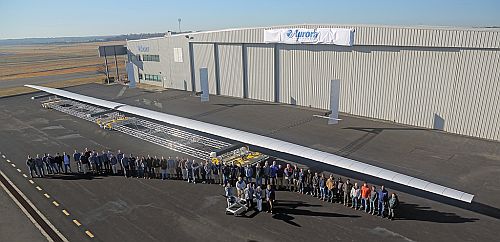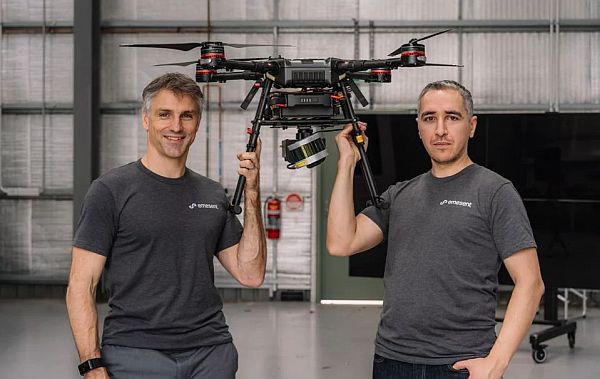Podcast: Play in new window | Download (Duration: 31:00 — 21.4MB)
Audi and Airbus demonstrate a drone taxi, Piaggio Aerospace goes into receivership, drones map the Great Wall of China, drone recovery by parachute, industry concerns about the pace of drone regulations.
UAV News
Audi and Airbus’ Idea of the Future is Modular Drone Taxis
Watch Audi, Italdesign and Airbus design and test an autonomous flying taxi
Audi, Airbus, and Italdesign showed a 1:4 scale model of a drone taxi concept during Drone Week in Amsterdam. The drone picks up the cab of an autonomous vehicle and delivers it to its destination. The “Pop.Up Next” is modular and includes a road module, a cabin module, and a flight module. Audi is testing in South America with Airbus subsidiary Voom.
The president of Italdesign said, “Flying taxis are on the way. We at Audi are convinced of that. More and more people are moving to cities. And more and more people will be mobile thanks to automation. In the future, senior citizens, children, and people without a driver’s license will want to use convenient robot taxis. If we succeed in making a smart allocation of traffic between roads and airspace, people and cities can benefit in equal measure.”
Video: AUDI Flying Car prototype – Flying cars are on the way!
Piaggio Aerospace seek receivership
Piaggio Aerospace has asked to be put in receivership. Is this the end of the P1.HH Hammerhead, or will the Italian government step in? The Italian Air Force was to be the launch customer for three systems.
China’s Great Wall is ‘crumbling,’ and drones are being used to save it
Chinese authorities are using drones to map and measure sections of the wall. As much as 30% of the walls are crumbling and in danger of being lost. BBC reports that data collected by the drones are already being used to build support structures.
Why It’s So Incredibly Hard to Attach a Parachute to a Drone
If one motor of a multicopter fails, a drone goes unstable. Try to launch a parachute and it might get shredded by the other rotors. Indemnis has a solution called Nexus. A tube is inflated at 30 psi in 30 milliseconds with the end away from the rotors. The parachute ejects from that tube with a launch velocity of 90 mph. The company hopes this will facilitate allowing flights over people.
Drone Rules Likely Still Years Away, Dragging on Industry’s Growth
FAA regulations for BVLOS, flights over people, night flying, etc. are taking a long time. Some trade-association leaders think it will be 2022 before this is worked out. Brian Wynne, president and chief executive of AUVSI says, “I’m not happy about it.” George Mathew, chairman and chief executive of Kespry says, “There has been a process of kicking the can down the road.” Meanwhile, an FAA spokesman says, “We have to get this right the first time. We are moving as quickly as possible to address the complex issues.”
Mentioned
Interlocking Brick System MicroQuad
The Festo SmartBird, inspired by the herring gull.
An unbelievable image proves the shape of the B-2 stealth bomber was suggested by Mother Nature



